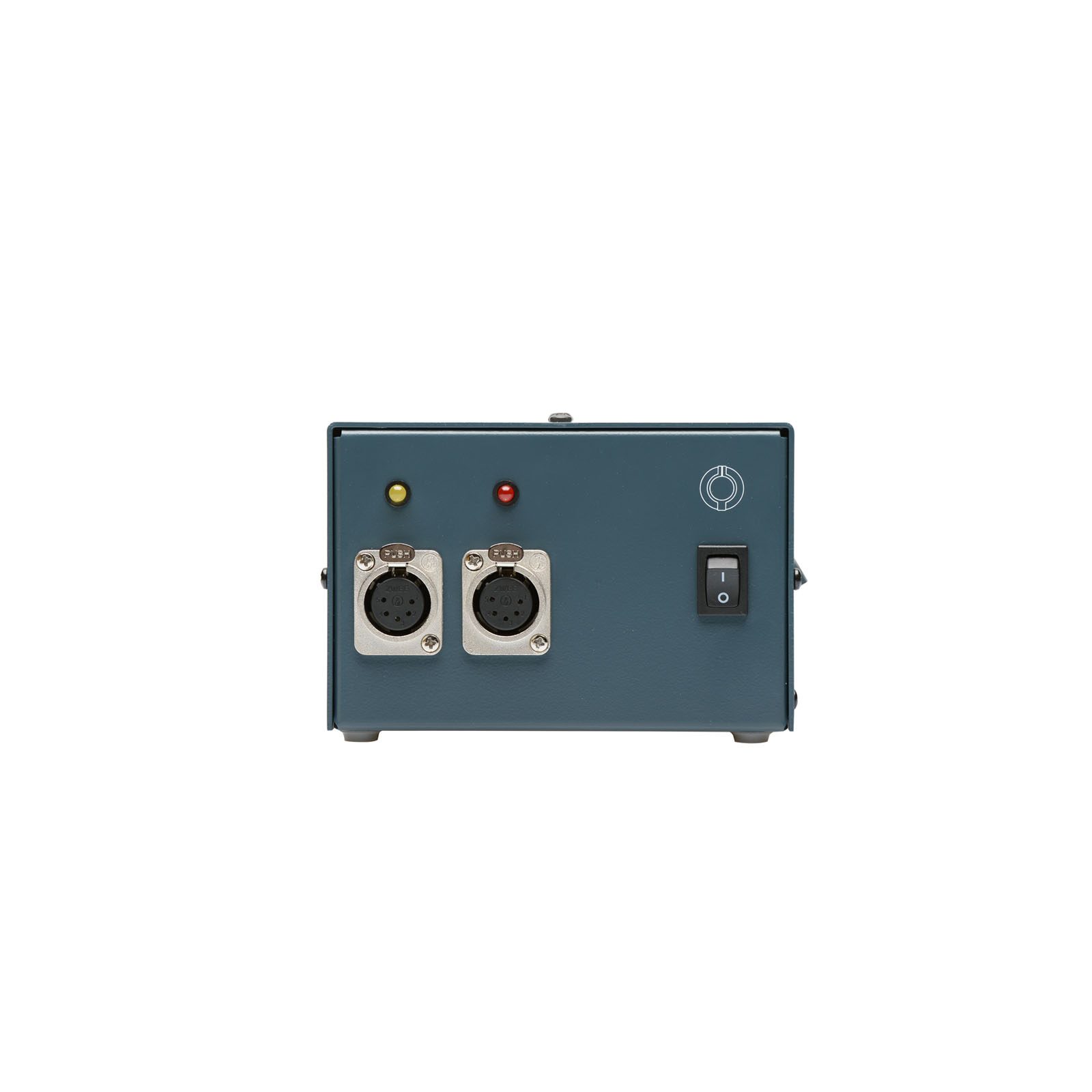Product omschrijving
1073MPF Features
This is the high-pass filter version of the 1073MP. The 1073MPF is the mic pre-amp version of the 1073 equaliser, sharing the the same well-known characteristic Class A sound with its harmonically rich low end, slight resonant highs and maintained focused mids.
A transformer coupled input, with two selectable impedances makes the 1073MP work well with a variety of microphones.
There is also a line input feature for adding depth to 2-bus mixes and a DI input for all passive and active instruments.
As a coloured and versatile mic-pre, the 1073MP maintains its sonic signature across a wide bandwidth.
- All Class A, transformer-coupled design in a 19" 1U chassis.
- Inductor based high pass filter
- Line level XLR inputs for extra versatility as a line preamp.
- High impedance DI for guitar and synth.
- The same Class A components as the 1073 and 1084.
- Illuminated phase reverse and phantom power pushbuttons.
- Input impedance selector switch between 1200 and 300 ohms.
- Same modular design and hand-wiring BAE is known for.
- Regulated linear power supply will run up to four channels.
1073MPF Specifications
Frequency Response
10Hz to -3dB at 55kHz
High Pass Filter
50Hz, 80Hz, 160Hz, 300Hz
Mic Input Impedance
≈1200/300 ohms
Line Input Impedance
10k ohms
DI Input Impedance
≈150k ohms
Output Impedance
65 ohms
Common Mode Rejection Ratio
100dB min @ 60Hz
Maximum Output Level
+27.4 dBu @ 600Ω
Power Requirements
115/230 VAC, 30W
Gain dB
0 to 71 dB
Equivalent Input Noise
-110 dBu; Unweighted 300kHz Bandwidth
Weight (Single/Dual)
8 LBS / 3.63 KG
10 LBS / 4.54 KG
Dimensions (Inches)
19W x 1.75L x 9D
Tips
Set the gain knob (red Marconi) around 20 on the dial and set the output (grey knob) fully clockwise. This gives you the highest headroom and cleanest signal path. Every click is in 5db increments so if one click is too hot, attenuate the output to get in between the 5db steps.
Another trick people like to do is to put the final mix through the line inputs on the back to get that harmonic distortion. To get even more of that Class A output stage is to come out of channel 1 and into channel 2 then you have an accumulative effect of that classic output stage.

 Product is toegevoegd aan uw winkelwagen
Product is toegevoegd aan uw winkelwagen


